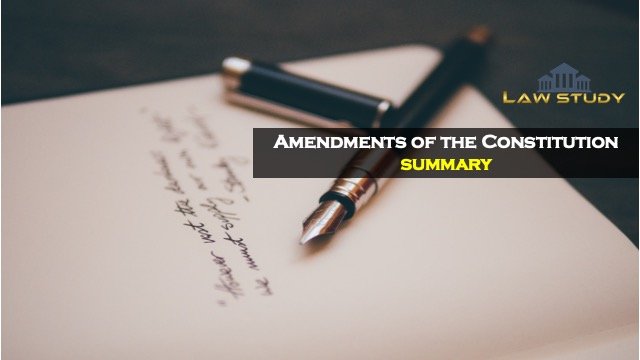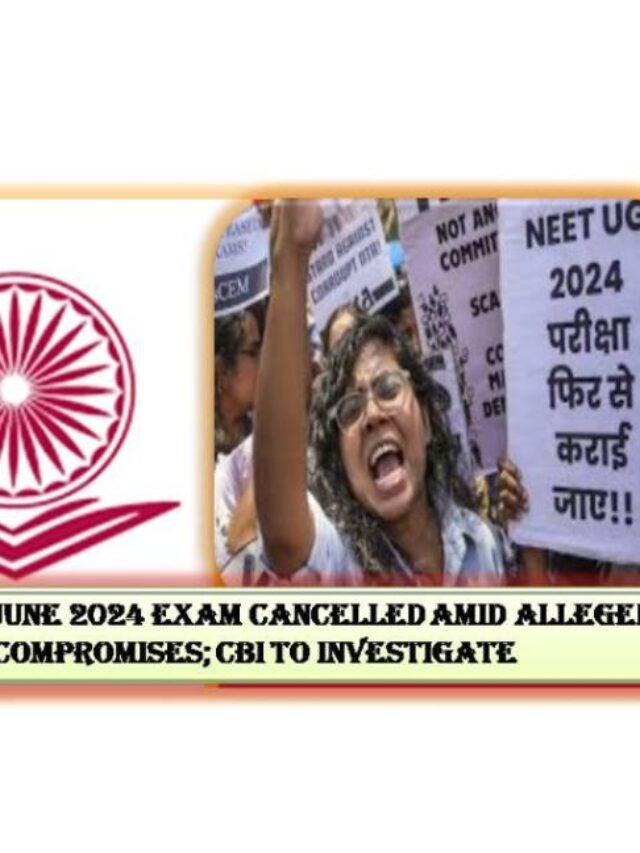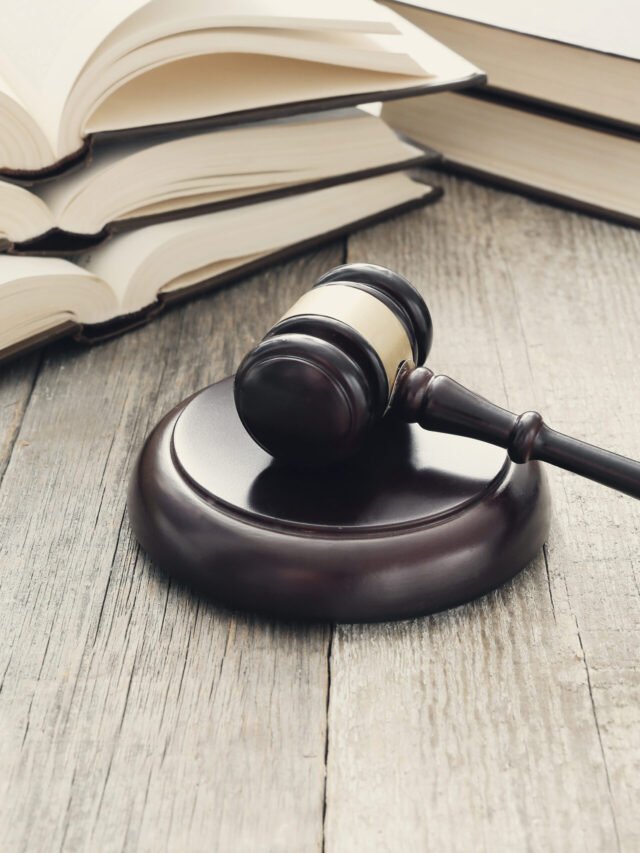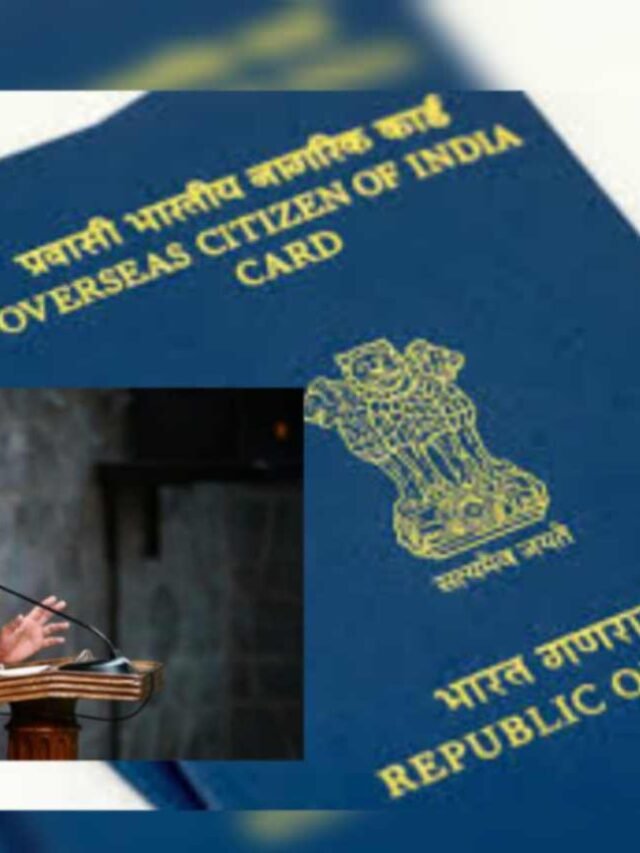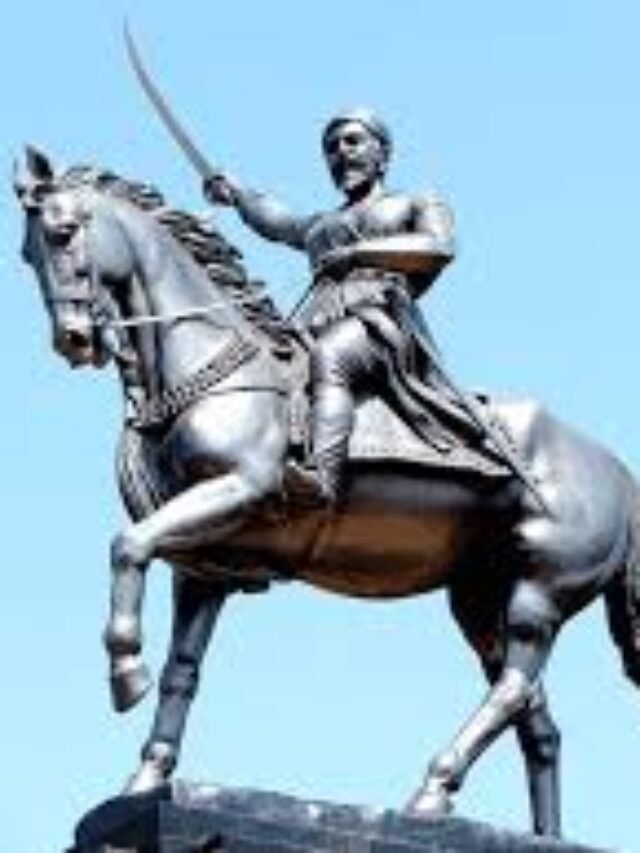Introduction of the Amendments of the Constitution summary:- The procedure for constitution amendments was taken from the constitution of South Africa. Our country’s constitutional amendment process is neither as rigid as America’s nor as flexible as Britain’s. The power of Parliament to amend the Constitution is governed by Art. 368 of the Constitution.
The aforementioned provision states that Parliament may amend, add to, vary, or repeal any constitutional provision in accordance with the procedure established for the purpose.
Procedure for amendment
Only by introducing a bill in either house of the Parliament can an amendment be initiated.
The bill can be presented by either a minister or a private member, and it does not necessitate the President’s approval.
The bill must be passed/ approved by a special majority in each house, which is a majority of the total membership of the house as well as a majority of 2/3 of the members present & voting.
Each house must vote separately on the bill. In the event of a disagreement, there is no provision for a joint sitting of the houses.
After both houses have approved the bill, it is presented to the President for his assent/sign.
The president must sign the bill. He can’t refuse to give his assent to the bill nor refer it back to Parliament for reconsideration.
The bill becomes an act after receiving the President’s assent.
Constitutional Amendment Procedures
Constitutional Amendment Procedures A simple majority in Parliament is required.
Several provisions in the constitution, which are not covered by Art 368, can be amended by a simple majority of the two houses of Parliament.
These provisions are as follows:
- Admission, establishment, or formation of new states, as well as changes to existing states’ areas, boundaries, or names
- Legislative councils may be abolished or established.
- Provisions related to the second schedule
- Parliament’s Quorum
- Salaries and allowances for Members of Parliament
- Parliamentary Procedure Rules
- Parliamentary Privileges, Members’ Privileges, and Committees’ Privileges
- Parliamentary use of the English language
- The number of Supreme Court puisne judges
- Giving the Supreme Court More Authority
- Official language usage
- Citizenship: obtaining and Losing it
- Elections to the House of Commons & the state legislatures
- Constituency demarcation
- The territory of the Union
- Schedules 5 & 6
Parliament’s special majority
The special majority of Parliament is required to amend the majority of the constitutional provisions.
The special majority clause is used in every process of the bill’s reading. The provisions that can be changed/amended in this manner include:
- F.R (Fundamental Rights)
- DPSP
- All other provisions that are not covered by the preceding categories
With the consent of states and a special majority of the Legislature
When amending federal structures, this type of majority is required.
It also necessitates the simple majority approval of half of the state legislature, as well as a special majority in both houses of parliament.
States do not have to approve the bill within a certain amount of time.
This procedure can be used to amend the following provisions:
- Election of the President
- Election of the President
- High Courts and the Supreme Court
- Distribution of legislative authority between the states and the union
- Any of the seventh schedule’s lists
- Representation of states in Parliament
- The power of Parliament to amend the constitution and the procedure for doing so.
Types of Majority

Simple Majority
If more than half of the members present and voting approve a bill, it is said to have passed.
Absolute Majority
A bill is said to be passed if more than half of the total strength of the house votes for it.
Special Majority
A bill is said to be passed if it is supported by a majority of two-thirds of the members present and voting, or by more than half of the total strength of the House.
The provisions relating to a special majority in the Indian constitution are classified as follows:
- Art. 249: 2/3 of members present & voting. This is required when empowering Parliament to pass laws on issues on the state list.
- Art. 368 refers to a majority of two-thirds of the members present and voting, which is supported by more than half of the House’s total strength.
- Art. 368+ 50 percent: As stated above, the bill must be approved by most of India’s state legislatures.
- Article 361: two-thirds of the house’s total membership
Conclusion
The process of amending India’s Constitution entails making changes to the country’s fundamental law or supreme law. The procedure for amending the Indian Constitution is outlined in Part XX (Art.368). This procedure helps to ensure the Constitution of India’s sanctity and limits the Parliament of India’s arbitrary power.
However, there is another restriction on the Indian constitution’s amending power, which arose from conflicts between the Supreme Court and legislature, The parliament wants to exercise discretionary use of the power and authority to amend the constitution while the Supreme Court tried to limit it.
This has resulted in the establishment of several doctrines or rules for determining the validity/legality of an amendment, the most well-known of which is the Supreme Court’s Basic Structure doctrine in the Kerela case. (RIGHT TO PROPERTY—ARTICLE 300A)
Frequently Asked Questions
What is the most recent constitutional amendment in India?
The latest amendment to the Indian constitution was the 104th Amendment Act of 2020. It extended the deadline for reservation of seats for SCs & STs in the Lok Sabha & state assemblies by ten years.
What exactly is the Indian Constitution’s 122nd amendment bill?
The Goods & Services Tax was established by the 122nd Amendment.
Which constitutional provisions can be amended/modified by a simple majority of the parliament?
Citizenship-Acquisition/Termination.
Which country inspired the process of amending the Indian Constitution?
South Africa.
Which Constitutional Amendment Act lowered the voting age from 21 to 18 years old?
61st Amendment.

